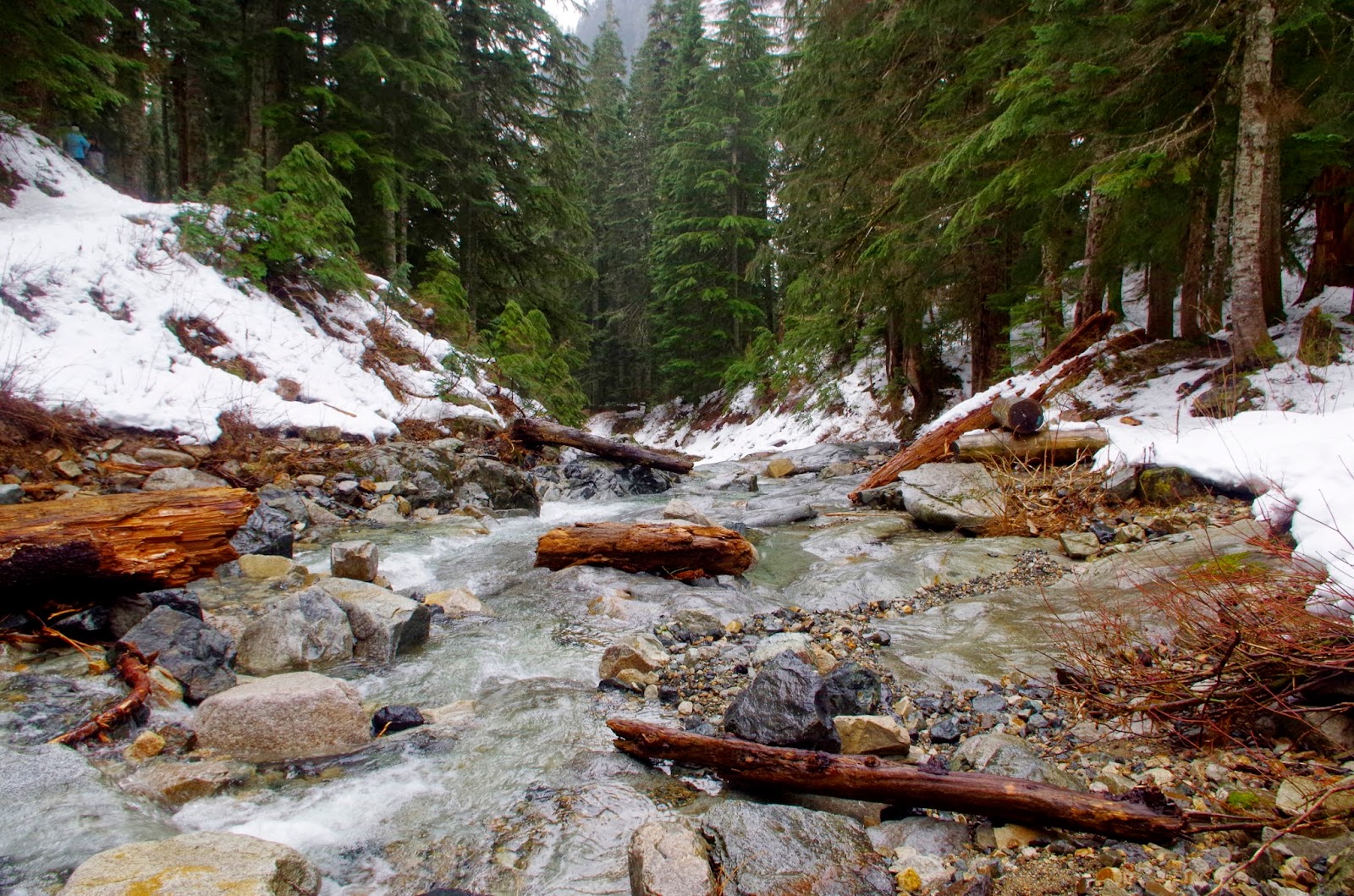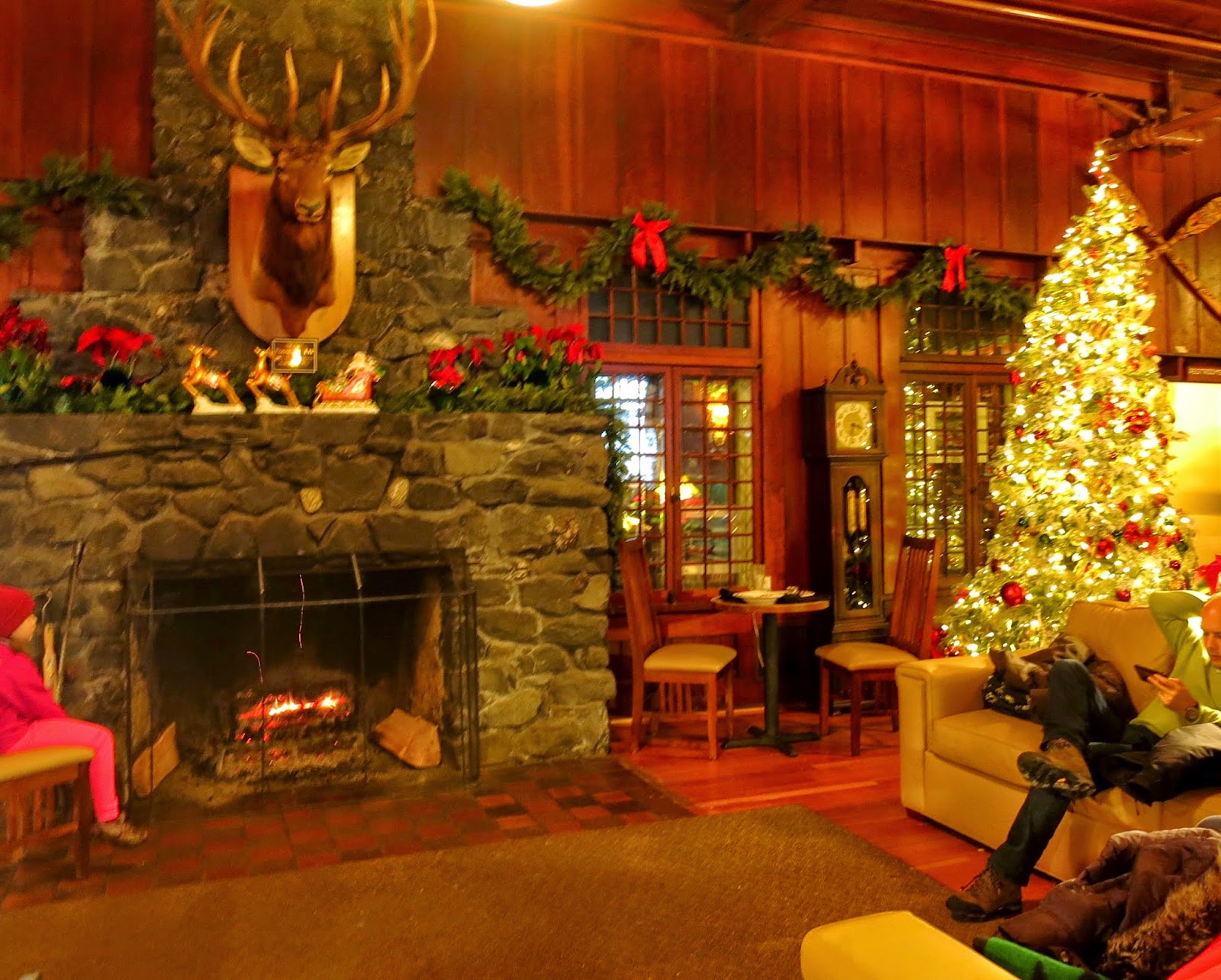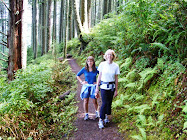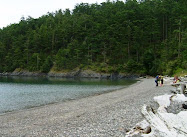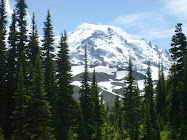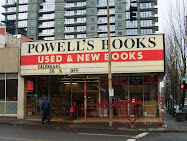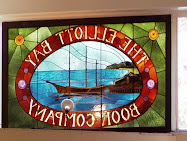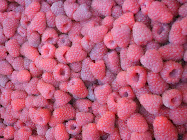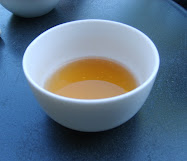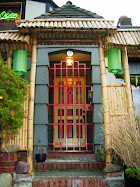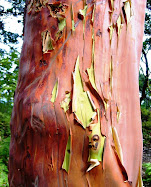We stopped by a few weeks ago on a short Olympic Peninsula roadtrip, thinking of a hike. We underestimated the prior day's snowfall, and without snowshoes or skis, that didn't happen.
No matter, we still have fun trudging through snow with cameras, taking zillions of shots of the gorgeous light and splendid scenery. Nothing like a pristine fresh snow to make you feel renewed, cleansed, and refreshed (albeit with cold toes.)
When we start up the 17-mile access road from Port Angeles to the visitor center, low clouds are spitting misty rain and then snow. Higher up, clouds are floating in tufts and veils, partially obscuring views but allowing hints of the surrounding mountains.
Then just below the top, the upper ridge comes into view, where I've hiked in the summer wearing just shorts and a T-shirt. Not today.
During the summer this is hiking country, with views along the ridge trail down to the the Strait of Juan de Fuca and Vancouver Island on one side and the craggy Olympics on the other. Now it's snow sports.
Sans anything but hiking boots, we set out from the visitor center armed with cameras to shoot. Blue sky, drifting clouds, white snow, ahhhh!
 |
 |
| Snow crystals, just because. |
 |
| View northward of Strait obscured by marine cloud layer. |
 |
| Mt. Olympus |
After about 30 minutes, it's time to stop inside the Visitor's Center to warm my fingers and toes. The center boasted some impressive icicles when we were there.
Because we're on a timeline to catch a ferry back across Puget Sound to Seattle, our visit is fairly short and, I'd say, sweet. Like this blog post. :)
Happy trails and thanks for visiting Pacific Northwest Seasons!
When You Go
From mid-November to April 15, drivers are required to carry tire chains on the drive up to Hurricane Ridge. We didn't need to use them on our drive up. Also, it is a national park, so an entry fee is required at the entrance station just above Port Angeles. Since we were there, snowpack has likely diminished in this unusually low snowpack winter (thus far). When snow conditions are decent, a local sports club operates a couple rope tows and poma lift for skiing or riding.








